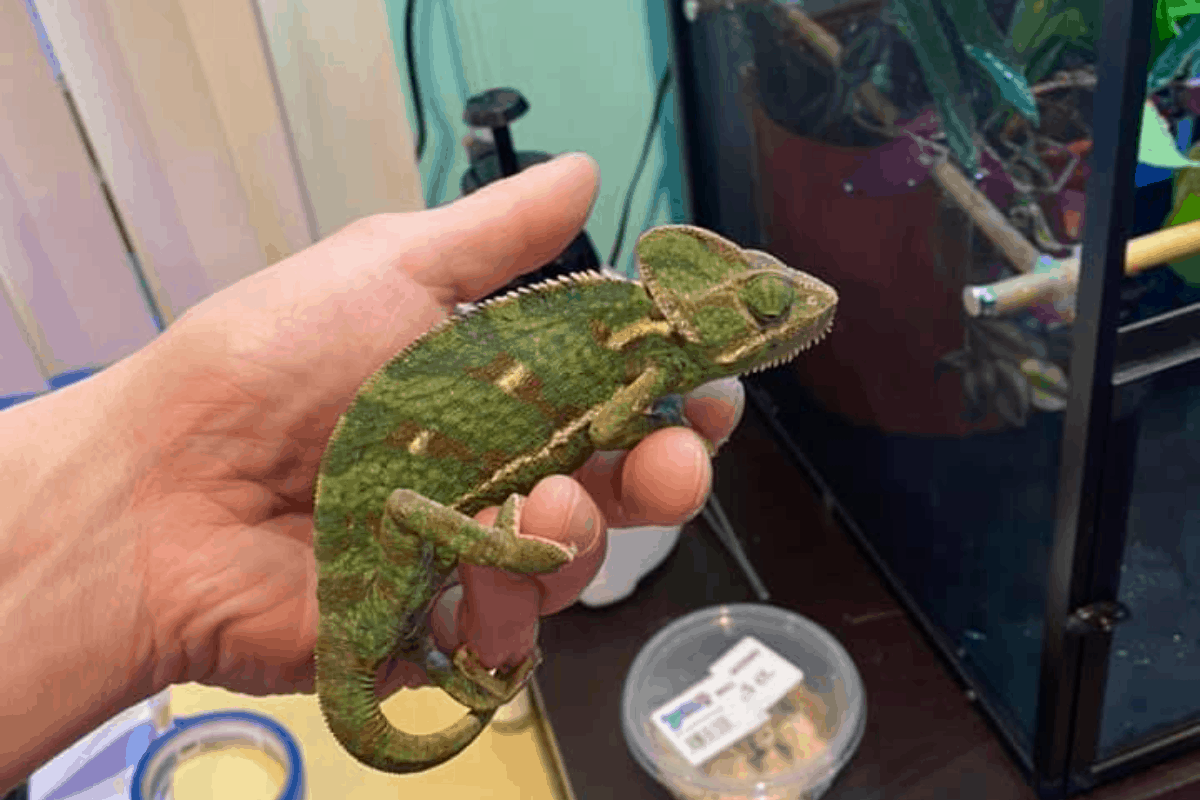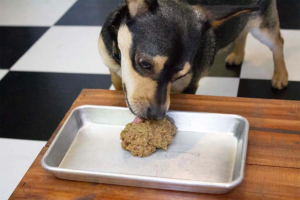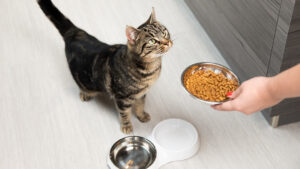
A veiled chameleon is a creature of great intrigue for hobbyists and biologists. It is a tree-dwelling reptile commonly residing on the branches of tall trees and sometimes found within shorter plants. These creatures prefer to stay in touch with nature rather than live in concrete settlements. Veiled chameleons have the unique ability to change their body color depending on the temperature and climate of the surroundings. Male members are usually more colorful and larger as compared to females.
Veiled chameleons are not used to human handling and hence, get overly stressed. However, if it does find comfort in your home and grows to become your pet, there are specific points that you need to keep in mind. Here are the dietary requirements and feeding habits that you should make a note of-
Dietary Requirements of Veiled Chameleon
A veiled chameleon has particular dietary requirements. They prefer eating various insects such as recently-fed crickets, mealworms, roaches, waxworms, etc. Other than insects, they may also eat dark green and leafy vegetables, particularly pothos and ficus leaves.
Feeding Habits to Follow
Veiled chameleons eat a variety of insects and green leafy vegetables. However, while feeding your chameleon, there are certain feeding habits that you must follow. Always keep the leaves moist by sprinkling them with water 4-5 times a day because the reptiles shall not consume dried-up leaves. You have to feed them daily, especially the young ones, to ensure healthy and complete growth.
Apart from water, you may also want to sprinkle their food with calcium and multivitamin supplements a minimum of 1-2 times a week. Moreover, the vegetables that are not eaten for 24 hours must be discarded. You must always make sure to feed them fresh and moist leafy vegetables.
Characteristics of a Healthy Veiled Chameleon
You can look for specific health signs to ensure that your pet is healthy and fit. These signs include constant activity and alertness, clear eyes, body, and tail are filled out and not bulky, skin looks healthy, nose and vent are clear, and the chameleon regularly eats. You must check on them daily, especially in the juvenile stage, to ensure that they grow into adult, healthy chameleons.
Red Flags to Keep an Eye on
You may have noticed certain signs and symptoms when your pet reptile is not keeping well or is suffering from an illness. These signs include weight loss, reduced appetite, mucus emerging from the mouth or nose, lethargy or inactive behavior, swelling, bumps, sores or specific marks on the skin, limb paralysis, abnormal feces, eye (s) not rotating properly, etc. If any of those symptoms appear, you must immediately contact your veterinarian to acquire timely treatment before the symptoms worsen.
A veiled chameleon is one of the most exciting and intriguing reptiles found in nature. They are brightly colored, active, tree-dwelling creatures that may find comfort in your home if you are truly blessed. Hence, you must take care of them by fulfilling their dietary requirements, adhering to the feeding habits, and regularly checking on them.



